Five spellbinding works by Nobel Prize laureates
“It always amuses me that the biggest praise for my work comes for the imagination, while the truth is that there’s not a single line in all my work that does not have a basis in reality,” said literature laureate and master of magical realism, Gabriel García Márquez.
His works epitomise magical realism, a genre in which the framework narrative is set in the real world, but supernatural and dreamlike elements are part of the portrayal. Like fairy tales, magical realism novels blur the lines between fantasy and reality and while they vary enormously, they tend to contain a set of similar elements.
Magical realism novels are usually set in a realistic environment. Even if the place, like García Márquez’s village of Macondo is fictitious, they contain features familiar to our everyday lives. However, these novels also include unexplained magical, supernatural or dreamlike elements, such as ghosts or the ability to fly, presented as ordinary occurrences that are freely accepted by characters.
Novels in this genre often tell the stories of people on the fringes of society. Their authors use magical realism to critique society, politics or wealth, for example, shining a supernatural light on impoverished communities or the horrors of slavery.
Authors such as Franz Kafka, whose novel The Metamorphosis bears the hallmarks of magical realism texts, wrote books before the genre was recognised. However, magical realism is most commonly associated with a group of Latin American authors including García Márquez, who penned works around 60 years ago and marked a boon in popularity for the genre.
Their version of magical realism and a clear definition of the genre evaporates when borders are crossed and blurred, and myths, beliefs and different realities mingle. Writers from all over the world have produced incredible books that have enriched the genre.
Here are five novels by Nobel Prize laureates, which most critics believe showcase magical realism. Whether the books fit neatly within the genre’s varied bookcase or not, it is generally agreed that they are truly magical works of literature.
One Hundred Years of Solitude
The Nobel Prize in Literature 1982 was awarded to one of the masters of magical realism, Gabriel García Márquez “for his novels and short stories, in which the fantastic and the realistic are combined in a richly composed world of imagination, reflecting a continent’s life and conflicts.”
García Márquez’s 1967 novel, One Hundred Years of Solitude, weaves together the magical and the mundane in Macondo, a solitary city of mirrors that reflects the world around it. Macondo is home to multiple generations of the Buendía family who encounter magic carpets and are haunted by ghosts as they navigate periodic misfortunes, some of which are fantastic such as the birth of a child with a pig’s tail, while others are more rooted in reality, such as the effects of a rigged election.
Explaining the presence of such fantastical features in this novel and other stories, García Márquez said that in Mexico, “surrealism runs through the streets. Surrealism comes from the reality of Latin America,” yet unlike surrealist poets and painters, his work is based on anecdotes, rather than being symbolic. His writing makes the impossible not only possible but strangely normal in the city of mirrors of his own invention. The microcosmos of Macondo reflects a continent and its human riches and poverty, with García Márquez strongly committed, politically, on the side of the poor and the weak against domestic oppression and foreign economic exploitation.
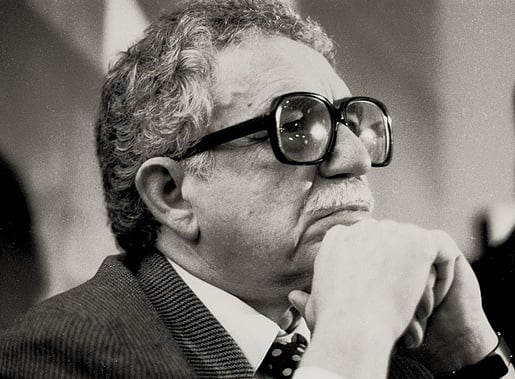
© Richard Emblin. Kindly provided by Richard Emblin
Blindness
Literature laureate Jose Saramago uses allegories and fanciful elements to critique society. In his novel Blindness, the population is stricken with an epidemic of blindness that quickly leads to societal collapse.
A characteristic of Saramago’s style is the blending of dialogue and narration, with sparse punctuation and long sentences that can extend for several pages. He sometimes transforms ordinary people, like his grandparents, into literary characters. He said in his Nobel Prize lecture, “this was, probably, my way of not forgetting them, drawing and redrawing their faces with the pencil that ever changes memory, colouring and illuminating the monotony of a dull and horizonless daily routine as if creating, over the unstable map of memory, the supernatural unreality of the country where one has decided to spend one’s life.”
Saramago received the Nobel Prize in Literature 1998 for his “parables sustained by imagination, compassion and irony” that the committee said enable readers to “apprehend an elusory reality,” and used his Nobel Prize lecture to talk about the power of characters.
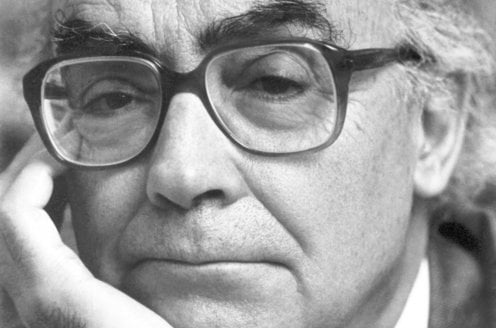
The Books of Jacob
“I write fiction, but it is never pure fabrication. When I write, I have to feel everything inside myself,” said Olga Tokarczuk, who was awarded the 2018 Nobel Prize in Literature. Known for the mythical tone of her writing and interweaving stories across time to create universal and epic stories, Tokarczuk believes “the world is made of words.” She constructs her novels in a tension between cultural opposites: nature versus culture, reason versus madness, male versus female, home versus alienation, which enables her novels to arguably be considered part of the magical realism genre.
Her historical novel Ksiegi Jakubowe (The Books of Jacob), is set in 1752 in the Podolian borderlands of what was southwest Poland where a family is gathering for a wedding. While criss-crossing Eastern Europe and the Ottoman Empire over 40 years, the novel portrays the 18th-century mystic and sect leader Jacob Frank whose charisma is superhuman. The character can read minds and bend nature to his will, while his prophetess cousin, Hayah can cast powerful spells to cheat death. Supernatural details aside, the work gives readers a remarkably rich panorama of an almost neglected chapter in European history.
In her Nobel Prize lecture, Tokarczuk spoke about the importance of narration and the author. “How we think about the world and – perhaps even more importantly – how we narrate it have a massive significance. […] A thing that happens and is not told ceases to exist and perishes. This is a fact well known to not only historians, but also (and perhaps above all) to every stripe of politician and tyrant. He who has and weaves the story is in charge.”
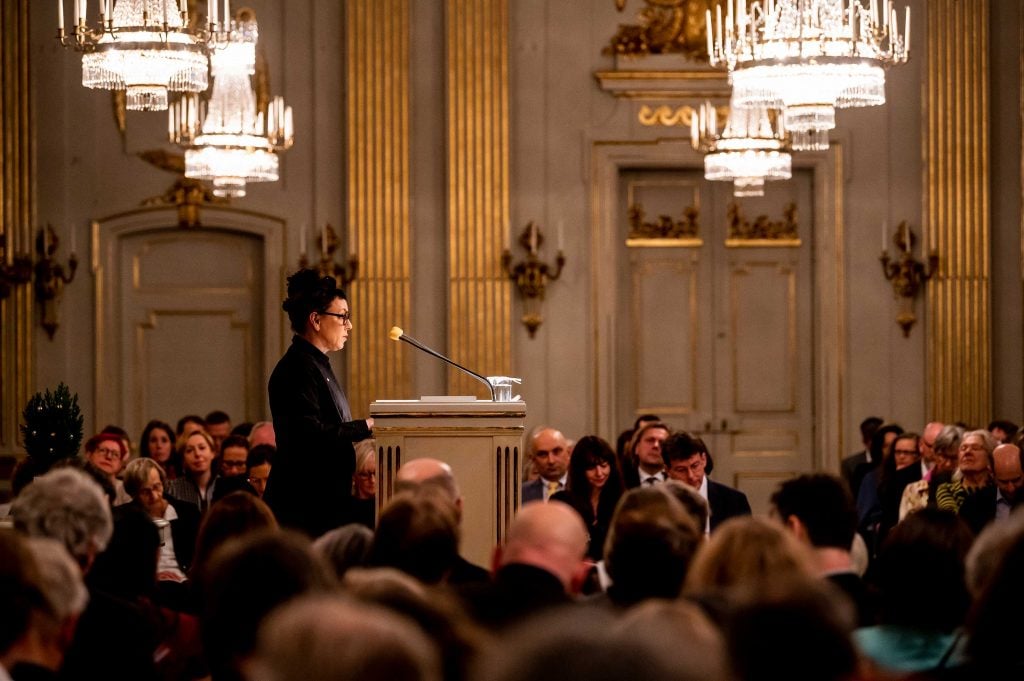
Life and Death are Wearing Me Out
Just as Tokarczuk draws upon the hidden history of her home country, Nobel Prize laureate Mo Yan’s writing often uses older Chinese literature and popular oral traditions as a starting point, combining these with contemporary social issues and his childhood memories. His narrative style bears the hallmarks of magical realism, which has had made his own to create “hallucinatory realism” which merges history and the contemporary.
Tormented by insomnia, he wrote Shengsi pilao (Life and Death are Wearing Me Out) in just 43 days. Drawing upon the Buddhist concept of the “wheel of life” to throw light on half a century of enormous changes in Chinese society and a series of tragedies associated with the land, the novel is narrated from the perspective of animals.
Despite the social criticism contained in his books, in China Yan is viewed as one of the country’s foremost authors. He was awarded the Nobel Prize in Literature 2012.
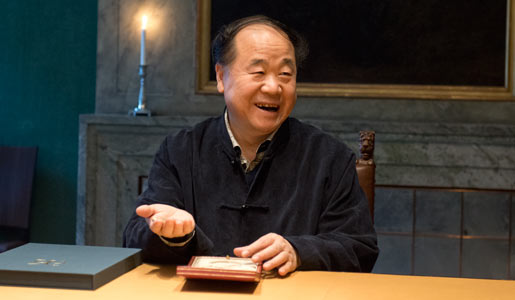
Beloved
Toni Morrison is another author whose works including Beloved bear hallmarks of magical realism, although Morrisson herself initially disliked her novels being included in the genre. She explained that her use of enchantment comes from her own experience and that of the black people she knew. “It formed a kind of cosmology that was perceptive as well as enchanting, and so it seemed impossible for me to write about black people and eliminate that simply because it was “unbelievable”, she said.
Set in the period following the American Civil War with its commonplace mysticism and dream-like imagery, Beloved tells the story of a formerly enslaved woman, whose home is haunted by a spiteful spirit thought to be the ghost of her eldest daughter. The novel explores slavery and other themes, weaving together places and times in the network of motifs. The combination of realistic notation and folklore paradoxically intensifies the credibility of the story. There is enormous power in the depiction of the protagonist Sethe’s action to liberate her child from threat of enslavement, and the consequences of this action for Sethe’s own life.
The Nobel Prize in Literature 1993 was awarded to Toni Morrison “who in novels characterised by visionary force and poetic import, gives life to an essential aspect of American reality.”
How many of these books have you read? Which is the most magical to you?
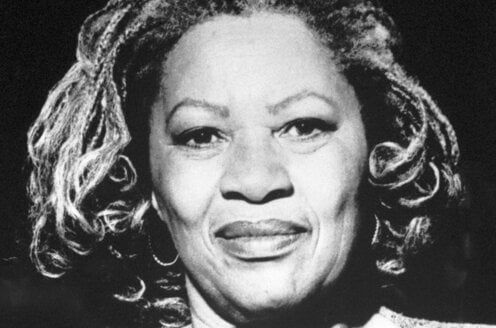
First published 11 July 2024